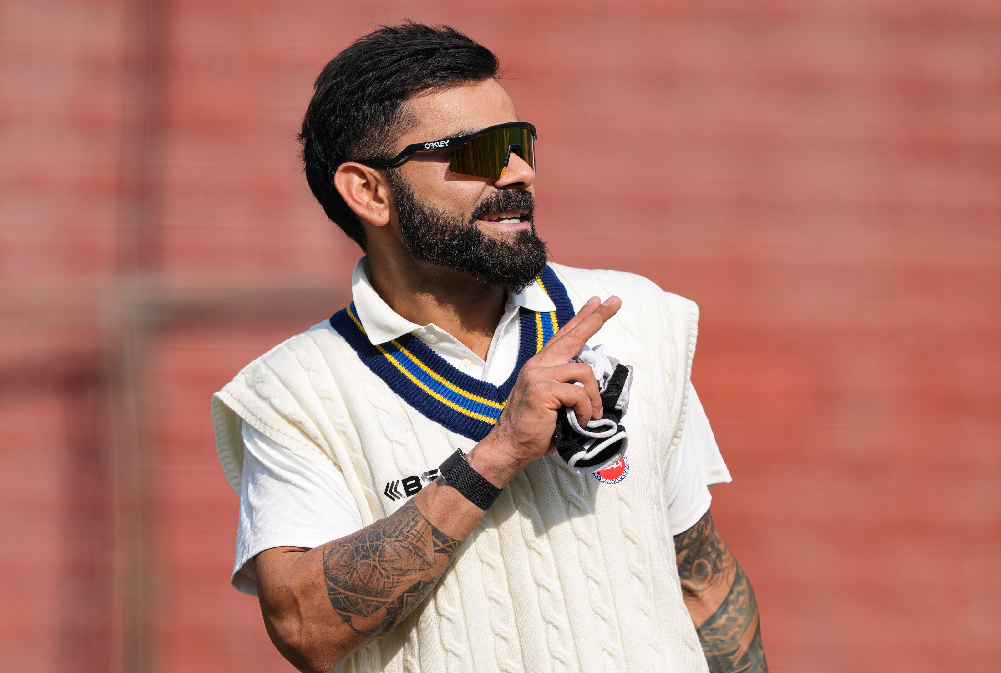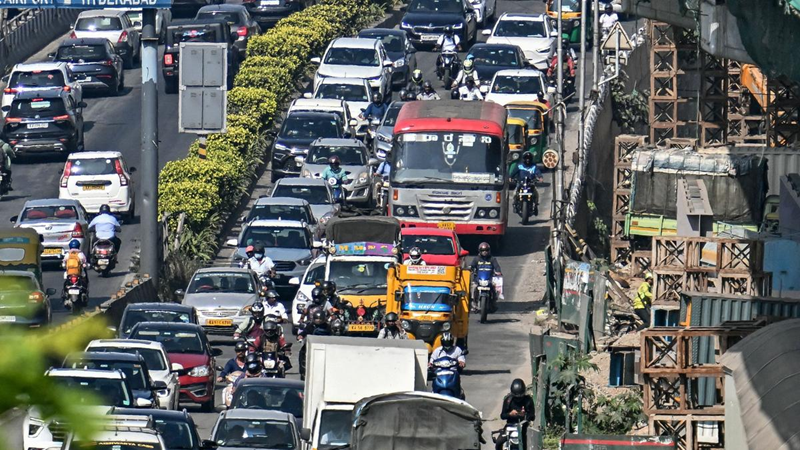
Mismanagement mars a proud moment
The unveiling of the National Emblem, made of bronze with a total weight of 9,500 kg and 6.5 metres in height, which has been cast at the top of the Central Foyer of the new Parliament building by Prime Minister Narendra Modi could have been an event of huge celebration of democracy, but unfortunately, controversies marred the event because of the gross mismanagement by the union government.
The emblem is cast on the roof of the under-construction Parliament building, which is a part of the Central Vista project in New Delhi that envisages the redevelopment of a stretch in the heart of Lutyens Delhi and is estimated to cost about Rs 20,000 crore. The cardinal mistake by the government was that it did not invite the Opposition political parties for the event following which Congress leader in Lok Sabha Adhir Ranjan Chowdhury issued a strongly-worded statement that the ‘decision to undermine the importance of the Opposition was deliberate and against the democratic ethos of India and a bad omen for the country’.
The act of the prime minister, who is the head of the executive, to unveil the emblem too came in for flak. Critics state that the Constitution unambiguously separates the three wings of democracy - the Executive (government), the Legislature (Parliament and State Assemblies) and Judiciary, and the legislature has its independent role to perform, such as legislating laws and keeping the executive accountable.
According to them, the Speaker represents the Lok Sabha, which is not subordinate to the government, and he should have unveiled the emblem. Another contentious decision was to hold a Hindu religious ceremony before unveiling the emblem of a country that espouses secularism. But the major sticking point is that the lions of the emblem are angry.
They now have bared fangs, they roar in four directions with their muscles bulging and veins popping, which look entirely different from the Lion Capital of Ashoka at Sarnath from where the emblem was adopted on January 26, 1950, the day India became a Republic. The Lion Capital, a sculpture of four Asiatic lions standing back to back, was originally placed on top of the pillar at Sarnath by the great Mauryan emperor Ashoka.
Those who oppose it say the emblem was meant as a sign of peace and the earlier lions looked graceful and peaceful. The controversy raised an important question on whether the central government has the powers to make such modifications or change the state emblem. The relevant law to be considered with regard to the state emblem would be the State Emblem of India (Prohibition of Improper Use) Act, 2005, and the State Emblem of India (Regulation of Use) Rules, 2007, which specifically deal with our state emblem.
The statement of objects and reasons of the 2005 Act states that earlier the use of the State Emblem of India was governed by a set of executive instructions, which did not have any legal sanction, and the Act had to be enacted to prevent the State Emblem’s misuse by unauthorised persons. It is quite unfortunate that the unveiling of the emblem turned into a controversy. Hope the government will learn from its mistakes and try to correct them in future.
 English daily published in Bengaluru & Doha
English daily published in Bengaluru & Doha






